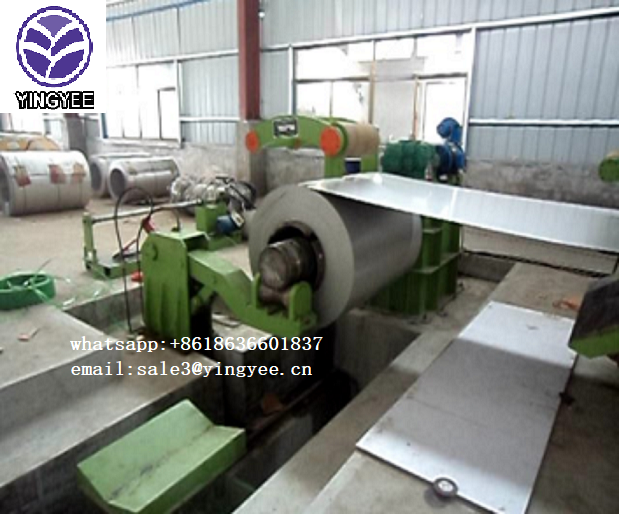
The Evolution and Importance of Steel Stud Making Machines
In the realm of modern construction and architecture, the significance of precision and efficiency cannot be overstated. One of the integral components that has contributed to advancements in building practices is the steel stud making machine. This technology has revolutionized the way steel studs are manufactured, allowing for stronger, more durable, and cost-effective construction materials.
The Functionality of Steel Stud Making Machines
Steel stud making machines are designed to produce steel studs – thin, vertical steel beams used in wall frameworks. These machines automate the production process, which significantly reduces labor costs and human error while increasing output. Typically, these machines take flat rolls of steel and convert them into various shapes, including C-shapes, U-shapes, and track, which are essential for building partition walls, ceilings, and other structural components.
The process begins with the feeding of raw steel coil into the machine, which then unwinds, straightens, and cuts the steel into predetermined lengths. The machine employs a range of tooling, including rollers, to bend the steel into the desired shapes. After shaping, the studs undergo punching and notching processes, essential for easier assembly on construction sites. This careful automation ensures uniformity in production, resulting in high-quality steel studs that meet industry standards.
Key Benefits of Using Steel Stud Making Machines
The advantages of utilizing steel stud making machines in construction are numerous. First and foremost, these machines enhance productivity. Traditional methods of manufacturing steel studs require extensive manual labor and time, which can delay projects. In contrast, automated machinery can operate continuously, producing large volumes of steel studs quickly without sacrificing quality.

Additionally, steel is known for its strength and durability. Steel studs resist warping, twisting, and shrinking, unlike their wooden counterparts. This resilience is crucial for maintaining structural integrity, especially in regions prone to natural disasters such as earthquakes or hurricanes. The consistent quality provided by steel stud making machines means that builders can rely on the materials produced, leading to safer structures.
Moreover, steel is a recyclable material, contributing to sustainable building practices. By using steel studs, builders can significantly reduce waste and the environmental impact of their construction projects. The steel stud making machines allow manufacturers to produce customized lengths and shapes, minimizing excess material and enhancing eco-friendliness.
The Future of Steel Stud Manufacturing
As technology continues to advance, so do steel stud making machines. Innovations such as smart manufacturing and Industry 4.0 have begun to influence the production process. With the integration of IoT (Internet of Things) technologies, manufacturers can monitor machine performance in real-time, predict maintenance needs, and optimize production schedules. This proactive approach not only reduces downtime but also increases the overall efficiency of the manufacturing process.
Furthermore, as the construction sector pushes towards more sustainable practices, steel stud making machines are poised to play a pivotal role. With increased focus on energy efficiency and using recyclable resources, machines designed to produce eco-friendly solutions will become more prevalent.
Conclusion
Steel stud making machines are a cornerstone of modern construction technology. They offer numerous benefits, including improved efficiency, reduced labor costs, and enhanced material quality, while also supporting sustainable practices. As innovations continue to emerge within this field, it is clear that these machines will remain essential for the future of building construction, ensuring that projects are not only completed on time but also built to last. Embracing this technology will undoubtedly lead to more resilient and sustainable structures in the years to come.